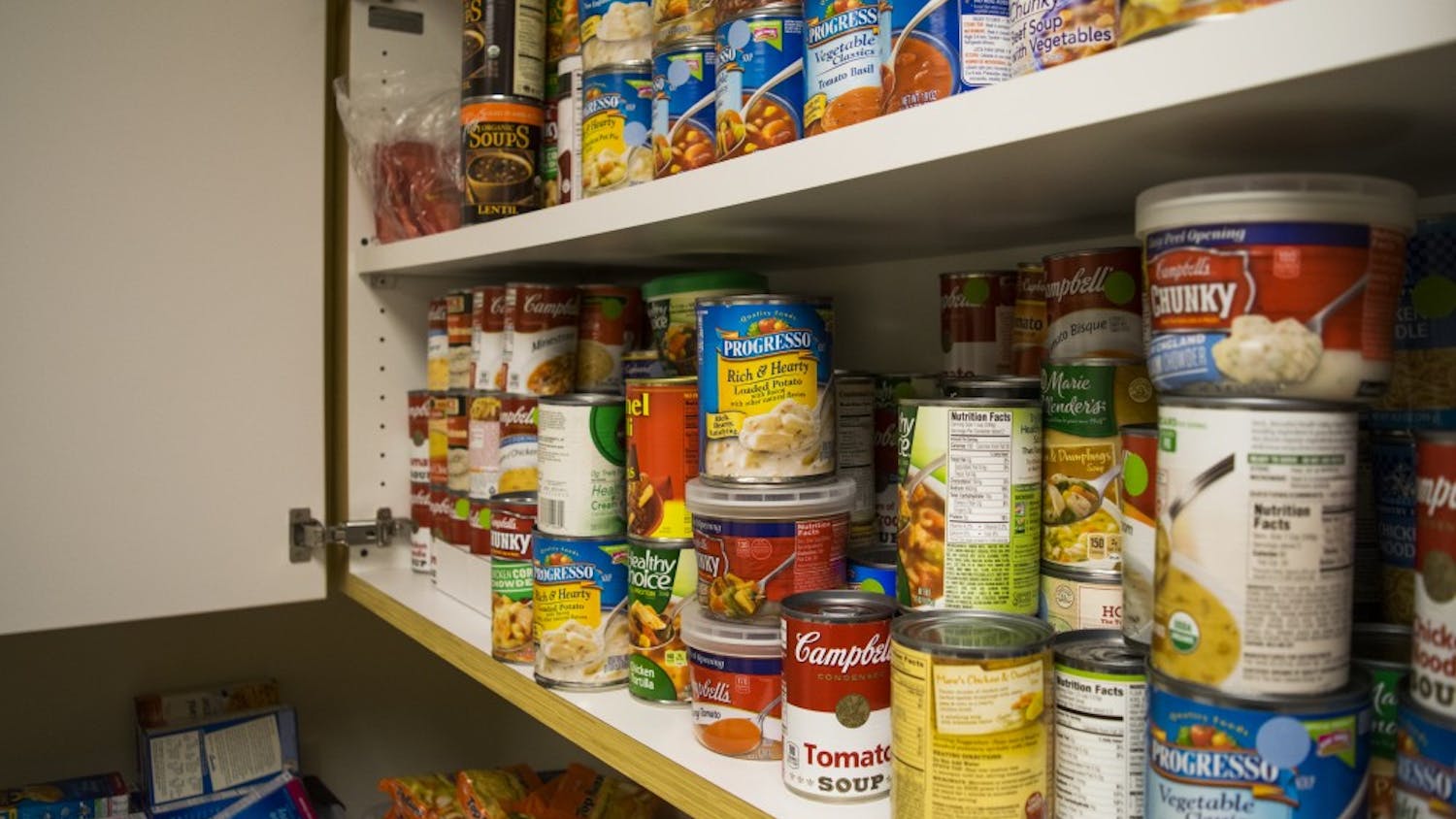In early December, a view from the hills north of the Golden Gate Bridge revealed only the dark ocean studded with surfers along one of the 25 closed beaches. One could detect the faint smell of gasoline.
On Nov. 7, the cargo ship Cosco Busan hit a supporting tower of the San Francisco Bay Bridge, spilling 58,000 gallons of bunker oil through the dent in its hull. As the high tides receded, oil flushed toward beach reserves along the Marin headlands, with black tides reaching 15 miles north of the bay's mouth the following day.
It actually felt like I was entering a 'M*A*S*H' episode,"" bird conservationist Tom Rusert said, describing the scene when he entered International Bird Rescue and Research Center.
""Volunteers [were] unloading vans of oiled birds in critical condition from a few dozen area rescue centers, others were tube feeding birds, drawing blood, setting up intensive care stations while inside dozens of people washed birds.""
Early affects of spills can scarcely be missed. Marine mammals and seabirds are coated in floating oil, which disrupts their insulation, breathing and movement, and leads to toxic ingestion.
While humans near the spill reported headaches and nausea, mammals closer to the source may suffer brain lesions, stress, disorientation and even death. Smaller residents - algae and many invertebrates - can suffer mass die-offs.
Since oil is hard to remove, what remains behind settles into the substrata, where it decays slowly over the years, protected from the elements. Some works its way into the food chain, indirectly weakening predators and increasing embryonic mutations.
Environmental science is often a battle to bring to light serious problems that are never anticipated. With oil spills, publicity is a given. Drama and destruction are written all over the black waters.
Yet, even with the publicity, I was surprised to find out just how frequently oil spills happen, and just how quickly they fade from public concern. At less than 200 metric tons, the Cosco Busan spill was just another barrel on the ship.
The non-profit International Tanker Owners Pollution Federation recorded 1,333 accidental oil spills at sea between 1970 and 2006, an average rate of three every month. While these spills may come from only a small portion of shipping traffic, the total amounts to nearly 5.5 million metric tons of toxic waste dumped into ocean ecosystems in the past three and a half decades from shipping accidents alone.
Many of us heard about the California spill, but what of the next story? On Dec. 7, 2.7 million gallons of crude oil were flowing toward the shores of South Korea from the damaged supertanker Heibi Spirit - almost 50 times the amount in San Francisco. Affected beaches harbor 181 aquatic farms and coastline that draws 20 million tourists annually, meaning wildlife aren't the only creatures looking at a hard hit.
Improved regulations can and do help avert disaster, but the long-term health of our larger biotic community needs more than laws - it needs concern and attention. If even the Titanics of environmental disaster are soon forgotten, we can only work and hope for the success of more insidious problems.
Send responses to dseiler@wisc.edu.





